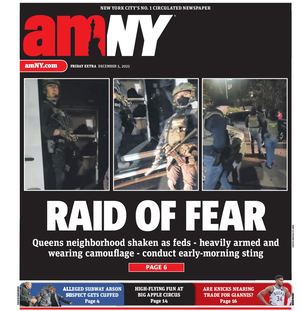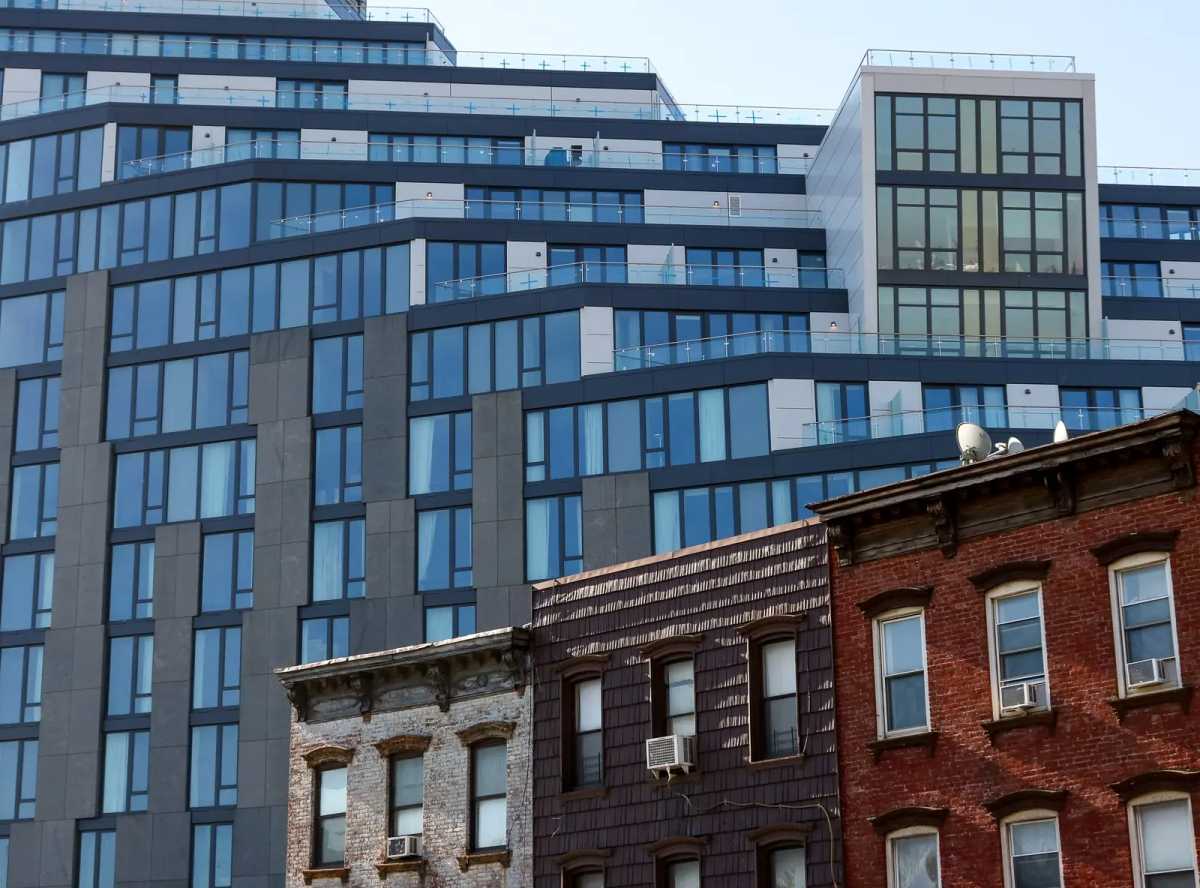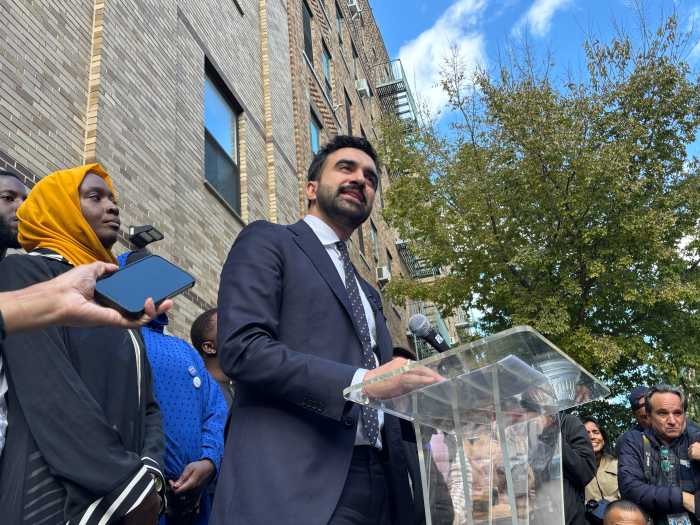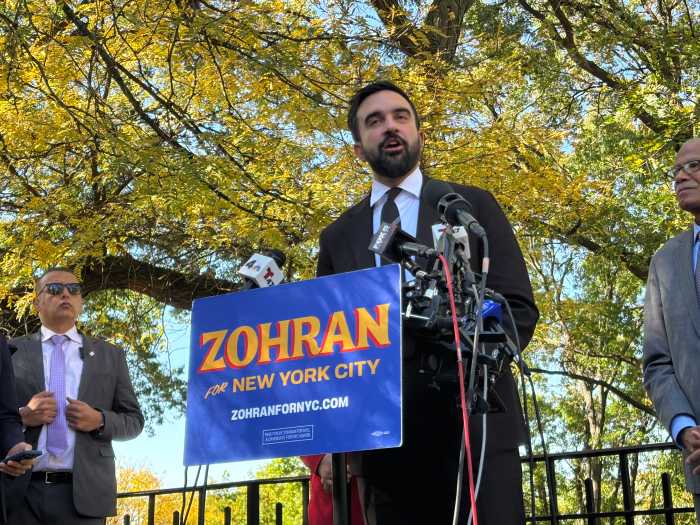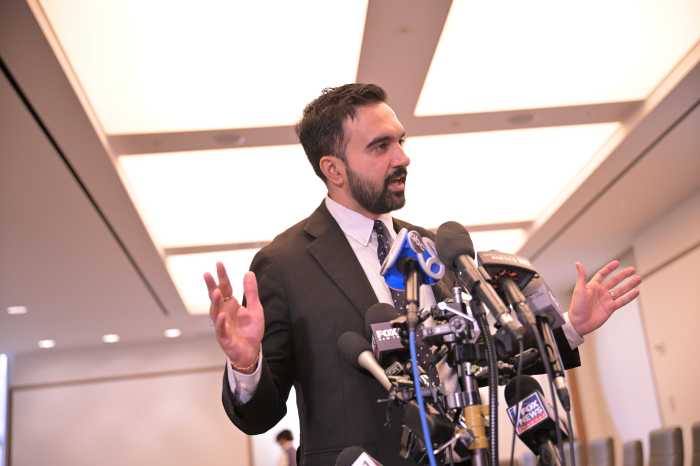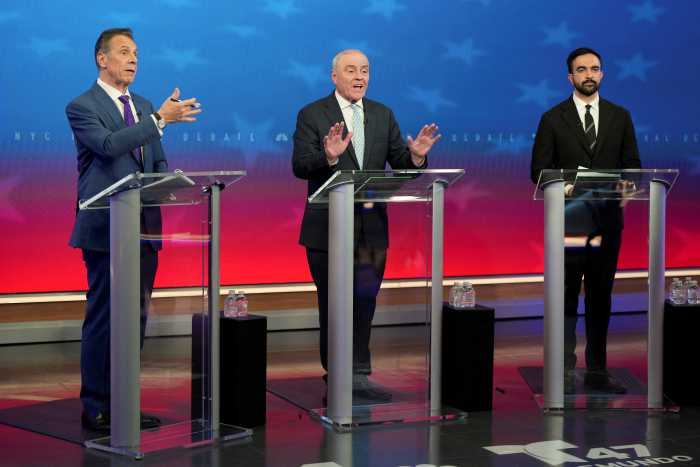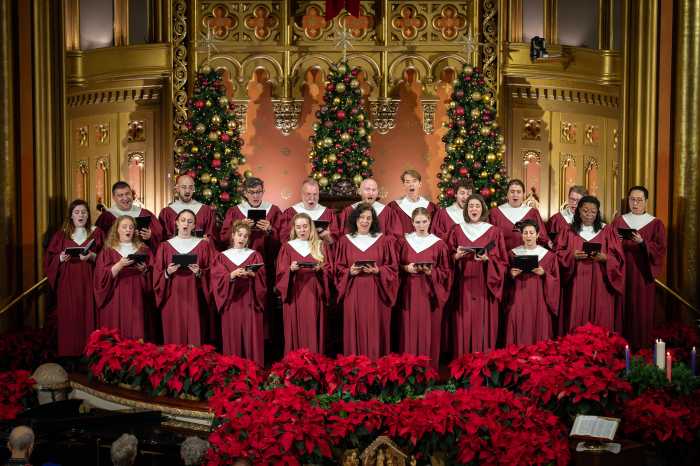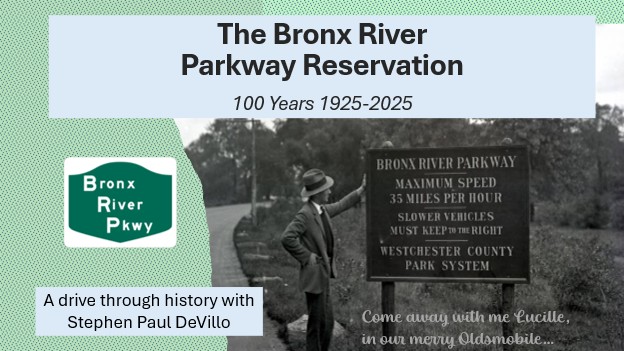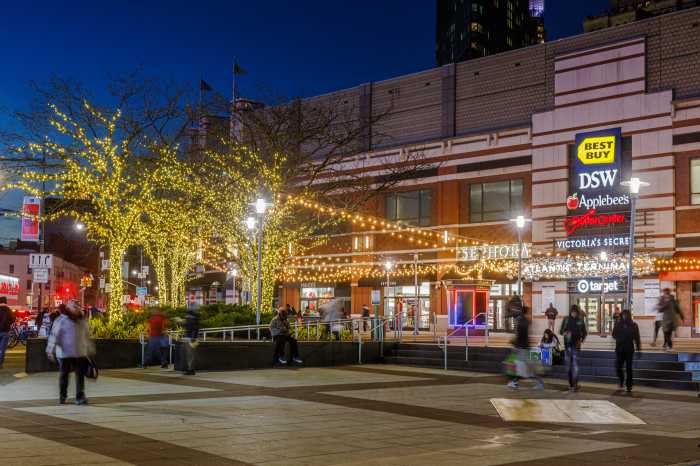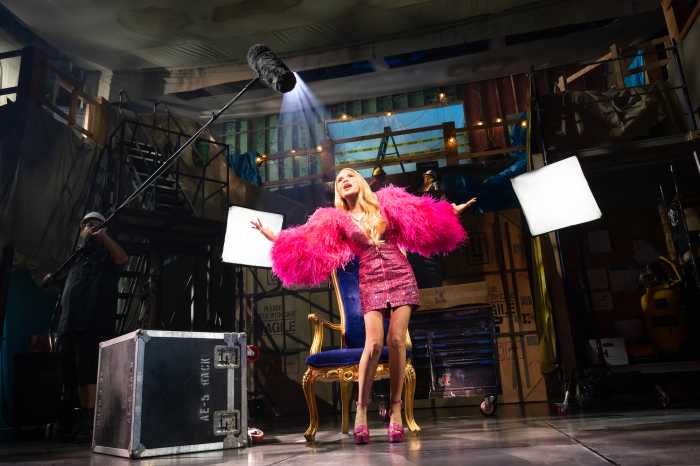A group of 100 clergy members urged their congregants in a letter dated Monday to approve four measures appearing on the general election ballot, which they say would make it easier for the city to quickly build desperately needed affordable housing, amNewYork has learned.
In the missive, shared with amNewYork ahead of its release, the clergy members argue the measures are a sure-fire way to stem the ever-increasing cost and dwindling supply of housing across the five boroughs. Three of the measures — Ballot Proposals 2 through 4 — would implement significant changes to the city’s land use process, currently known as the “Uniform Land Use Review Procedure” (ULURP).
The letter was authored as part of the “Yes on Affordable Housing” coalition pushing for the proposals’ approval. The group includes outgoing City Comptroller Brad Lander, his likely incoming replacement, Manhattan Borough President Mark Levine, Brooklyn Borough President Antonio Reynoso, and numerous community and pro-housing groups.
However, measures 2-4, which were drafted with public input by Mayor Eric Adams’ most recent Charter Revision Commission, have received significant pushback from outgoing City Council Speaker Adrienne Adams, along with other leaders of the body. They argue that the proposals are misleadingly worded and would significantly shift land-use decision-making power away from the council to the mayor.
Of the three mayoral candidates, independent former Gov. Andrew Cuomo is the only one who supports the measures so far, while Republican Curtis Sliwa opposes them. Democratic nominee Zohran Mamdani has yet to take a position.
‘A more affordable future for working families now’
In a statement, coalition chair Amit Singh Bagga pointed to the 154,000 homeless public school students, a wave of Black New Yorkers fleeing the city, and astronomical home prices as direct results of the housing affordability crisis that the measures intend to address.
“Clergy from The Bronx to Brooklyn have joined our call for more affordable housing — faster, cheaper, and everywhere — because how does one mind one’s flock when there are vanishingly few places to house them?” Singh Bagga said. “We’re out of time, excuses, and room — we must [approve] Proposals 2 through 5 to secure a more affordable future for working families now.”
The four proposals, along with two others, appear on the flip side of voters’ ballots in marquee races, such as those for mayor and City Council member.
“We cannot sit by and watch our neighbors suffer in silence,” the clergy members wrote in their letter. “We are being given an opportunity to take steps towards fixing our historic housing crisis and keep our communities together. We urge our neighbors, communities, and congregants to vote YES on Affordable Housing by flipping their ballots and voting yes on Props 2, 3, 4 and 5.”
Ballot Proposal 2 seeks to quicken housing project timelines in two ways.
First, it would shorten the timeline for mixed-use developments in the 12 council districts that have produced the least housing over the past five years and shift final approval for those projects from the council to the City Planning Commission (CPC) — where the mayor appoints the majority of members. Second, it would empower a mayor-appointed Board of Standards and Appeals (BSA), rather than the council, to have direct approval power over affordable housing projects financed by the city, which would also be done with an expedited timetable.
The measure is in part designed to circumvent the standard known as “member deference,” where a council member has unofficial veto power over projects in their district. In “member deference,” the body generally follows the vote of a member on a zoning change in their district.
Advocates for the proposal have contended that member deference has hindered the city’s ability to generate the necessary housing to address the current crisis. On the other hand, the council argues moving housing decisions to the boards appointed by the mayor — thus circumventing member deference — erodes its members’ ability to extract more affordable units and community benefits from developers when negotiating over projects.
Ballot Proposal 3 would expand the definition for “modest” housing developments to include those that have 30% more residential capacity than under current rules or those that are up to 45 feet tall. Similar to Proposal 2, these projects would be subject to a condensed timeline and would require final approval by the CPC rather than the council.
The council has leveled a similar argument against this measure. They have also argued that the shortened timeline is misleading because the council’s 65-day review period only represents a small part of the overall land use process.
Proposal 4 has perhaps been the most contentious, as it would establish a “Land Use Appeals Board” that would have the power to override council votes to reject or alter developments. The board would consist of the mayor, council speaker, and borough president of the borough in which the project is located.
The panel appears designed to serve as a check on member deference — creating a process to prevent one council member from blocking a project from moving forward.
The council has railed against this change in particular, as it gives developers the ability to negotiate directly with the mayor and borough president, thereby cutting out the local community.
“New Yorkers deserve to know the truth about Mayor Adams’ misleading Ballot Proposals 2, 3, and 4, because the language being used to describe them is misleading,” Speaker Adams said. “These proposals will take away communities’ power to secure new housing that is affordable to residents and comes with investments in their neighborhood parks, schools, transit and other essentials.”
Unlike the other three, proposal five has not been a magnet for controversy. The measure calls for digitizing paper maps of the city maintained by each borough president, which its proponents say will also facilitate faster housing construction.
